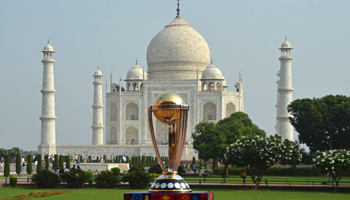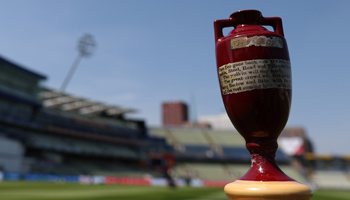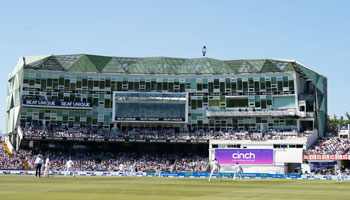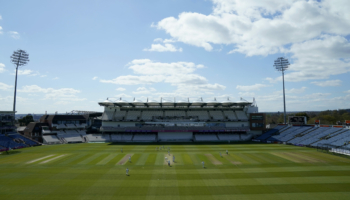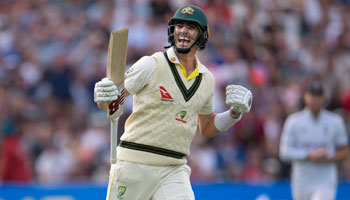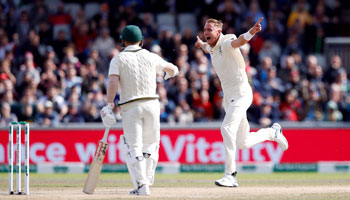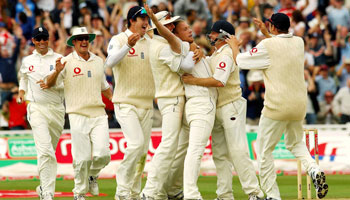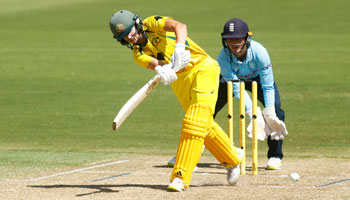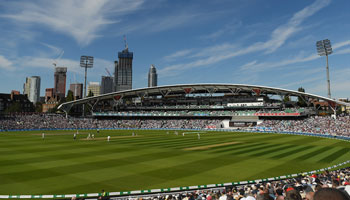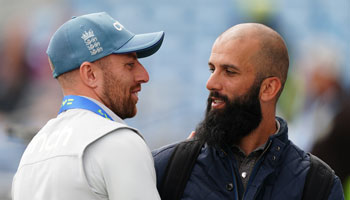The 2023 ICC Men’s Cricket World Cup is fast approaching, with 10 teams travelling to India to compete for the sport’s biggest global prize.
The opening match sees defending champions England meet New Zealand in a repeat of the 2019 final, which is widely viewed as the greatest one-day international ever played.
There are 44 further group games scheduled, with each nation playing nine fixtures, at which point the top four sides will qualify for the semi-finals.
We have looked back at previous World Cups and studied results since 2019 to identify the teams and players to watch out for in 2023.
Who has the best record?
Serial World Cup winners Australia have a superb record from the 12 previous tournaments, with a 73 per cent win rate and five titles. Three of those triumphs came back-to-back between 1999 and 2007, when the Aussies fielded arguably the greatest one-day team in history – made up of legends including Ricky Ponting, Shane Warne and Glenn McGrath.
Hosts India are the only other nation to have won multiple titles – in 1983 and 2011 – while Pakistan, Sri Lanka and England also tasted victory in 1992, 1996 and 2019 respectively.
West Indies – winners of the first two World Cups in 1975 and 1979 – did not qualify for this year’s tournament.
Despite failing to lift the trophy, New Zealand (61 per cent) and South Africa (59 per cent) have the third and fourth highest win percentage in World Cup matches – behind Australia and India.
The Black Caps have finished as runners-up in the last two tournaments, while South Africa have developed a reputation for falling short in semi-finals.
The Proteas are yet to make a World Cup final in any format, despite reaching the last four on six separate occasions in the 50-over and T20 tournaments.
Which nations are likely to do well?
England have maintained their status as the team to beat in white-ball cricket since winning the 2019 World Cup.
As well as winning the T20 World Cup last November under new captain Jos Buttler, England’s batters have scored an average of 6.13 runs per over in one-day internationals during the past four years – the fastest rate of any team.
With their bowlers having conceded 5.52 runs per over on average, the difference between the reigning champions’ scoring and economy rates is greater than any of their rivals.
Australia and India rank second and third respectively by this metric, with Australia’s batting (5.79 runs per over) lagging behind England’s while India’s bowling (5.64) appears to be a potential Achilles’ heel.
The Netherlands have fared worst in one-day internationals among the 10 nations who have qualified for the World Cup. The Dutch have won eight out of 34 matches since 2019, with their batters scoring at 4.95 runs per over and their bowlers conceding 5.50.
Who is each team’s biggest hitter?
With the influence of T20 cricket continuing to grow, we are likely to see some sparkling innings played at this year’s 50-over World Cup.
Of batters to have faced at least 300 balls in one-day cricket since 2019, Australia’s Glenn Maxwell has scored quickest, with his 613 runs coming at a strike rate of 132.1.
Maxwell – who is hoping to shake off an ankle injury before the tournament starts – is ahead of South Africa’s Heinrich Klaasen (119.9), New Zealand’s Michael Bracewell (118.6) and England’s Liam Livingstone (116.9) in the big-hitting stakes.
Rated as one of the world’s best players of spin, Klaasen in particular is expected to star in India, having smashed a remarkable 174 from 83 deliveries in the recent bilateral series against Australia.
Meanwhile, none of Bangladesh or Afghanistan’s frontline batters have been able to consistently clear the boundary since the last World Cup, with Afif Hossain (88.1) and Najibullah Zadran (88.2) top for strike rates among players who have faced at least 300 balls.
Who is each team’s go-to bowler?
It’s easy to see why Trent Boult has been selected by New Zealand despite giving up his national contract last year. The left-arm seamer has been the world’s premier one-day bowler since 2019, with an economy rate of 4.15 runs per over.
Experienced Bangladesh all-rounder Shakib Al Hasan is close behind, having conceded 4.18 runs per over, ahead of Afghanistan’s Mohammad Nabi (4.33).
What they lack in the batting department, Afghanistan make up for with arguably the best bowling attack in the tournament. Slow bowlers Nabi, Rashid Khan and Mujeeb Ur Rahman are well suited to India’s spinning conditions, with all three having conceded fewer than five runs per over in one-day internationals since 2019.
Apart from the Netherlands – who do not have a single bowler in their squad with an economy rate under five – Pakistan’s attack could be the most vulnerable to an onslaught on India’s slow pitches.
With fast bowler Naseem Shah ruled out with a shoulder injury, all-rounder Mohammad Nawaz has been their most economical bowler in the last four years (4.82).
Which grounds see the most runs scored?
The 2023 World Cup will see matches played at 10 different grounds, with some venues likely to favour batters and others set to benefit bowlers.
Bangalore’s famous Chinnaswamy stadium tends to produce high-scoring games, with an average scoring rate of 6.07 runs per over in one-day internationals since the turn of the century. Pune (5.86) is next on the list for fast scoring, ahead of Hyderabad (5.73).
At the other end of the spectrum, the Delhi pitch tends to be a batter’s nightmare and a bowler’s paradise, with an average of 4.77 runs per over scored in 26 matches since 2000.
Ahmedabad (5.25) – the venue for the final and England’s opener against New Zealand – also ranks among India’s tougher wickets to score on, with only Delhi, Dharamsala (5.02) and Lucknow (4.99) having seen slower scoring rates among the stadiums in use during this World Cup.
Is it better to bat first or chase a total?
The emergence of T20 – the shortest format of the game – has changed the way that one-day cricket is played, particularly during the latter stages of major tournaments.
Whereas the prevailing wisdom was once to get runs on the board in the first innings and rely on scoreboard pressure to grind out a victory, nowadays teams back themselves to chase down any total.
This is borne out by results in World Cup finals, with the first five all won by the team setting a target but five of the last seven won by the side batting second.
Join bwin today and receive up to £20 money back as a FreeBet if your first wager (3+ selections at odds of 1/2 (1.5) or greater) is a loser! Terms and conditions apply.
